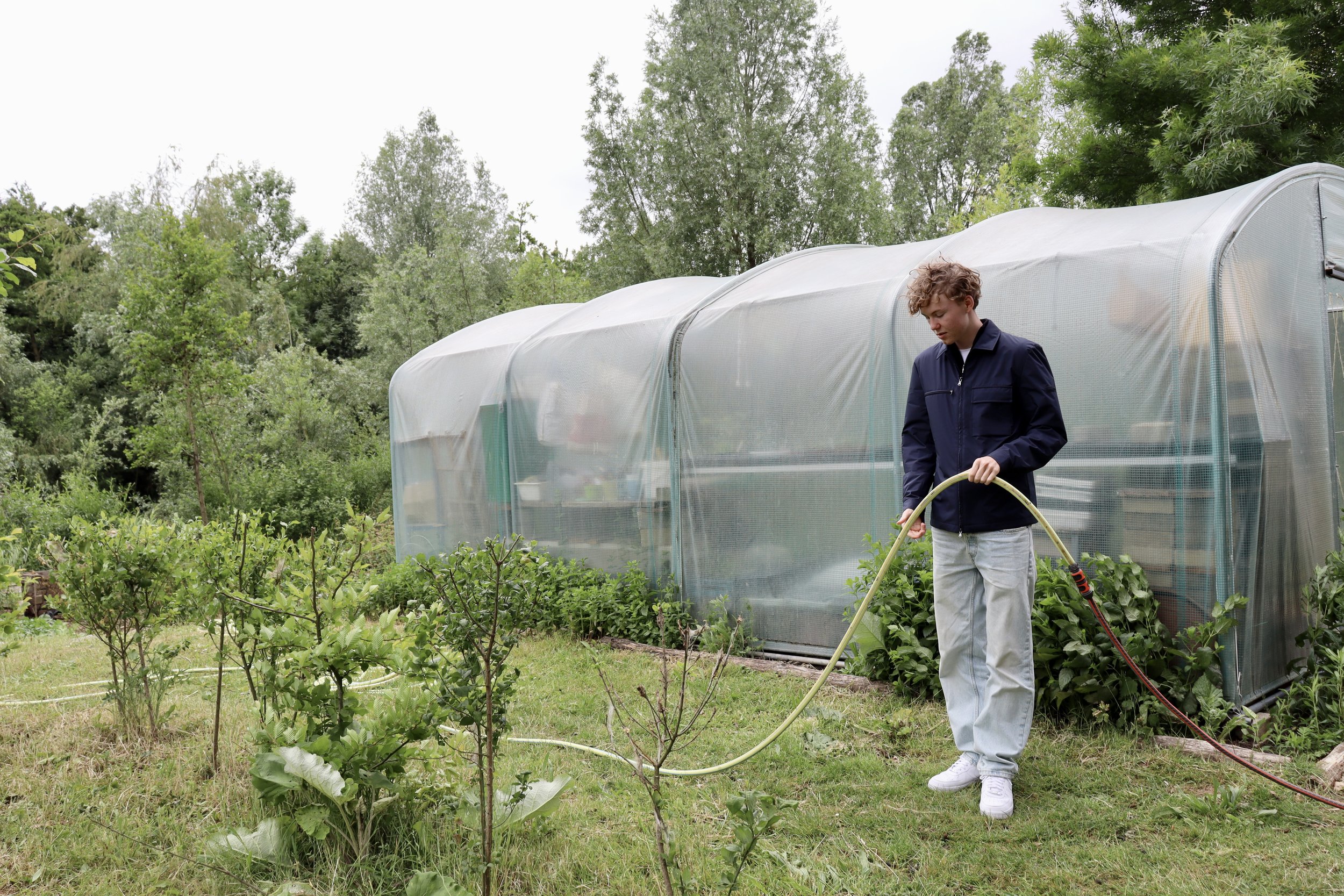
Arta, Philip
Getting to know the community
The world is rapidly changing, encouraging us to rethink our investments in non-sustainable things, such as oil sectors, which are oftentimes limited in supply and also come with price fluctuations. Furthermore, we have to look at how to invest in additional projects that have a higher impact on the world’s sustainability and combat the rapidly changing challenges that arise. Source 1
The Netherlands is a leading country in catalyzing impact investments which address the social challenges which arise throughout the word, however, the percentage of this under Dutch asset management remains below the 5%-7% which is needed every year to get closer to the Sustainable Development Goals which are needed by 2030.
Some additional barriers in the Netherlands include:
Lack of standardized impact metrics
Limited data sharing
Lack of mature investment opportunities that meet investors’ expectations for risk and return.
Dutch investors focus on SDG 13 (Climate Action), SDG 8 (Decent Work and Economic Growth), and SDG 7 (Affordable and Clean Energy).
The Netherlands can increase the flow of capital into impact investments between the public and private sectors by simplifying regulations and developing standardized impact measurements that will catalyze capital flowing toward investments.
Impact investments have taken a foothold in Europe, most notably in the past decade. Some communities, like Britain, have come to the forefront of the field by establishing policies, investment funds, and financial tools to catalyze investments in social impact areas.
The public sector has launched pan-European policies to build key infrastructure for impact investing markets and is supported and informed by network associations. In addition, networks play an essential role in developing the norms and boundaries of social investing. They provide market data, recommendations on best practices, and suggestions for bridging the gap between policymakers and practitioners. So far, the European Committee has taken some steps toward impact investing. However, some gaps remain. The commissions announced the European Green Deal, which aimed to neutralize the continent’s impacts on climate by 2050. IN January 2020, the commission followed up with the release of the transition mechanism, which supports investments that help regions struggling to transition to a green economy. The InvestEU fund will also target social enterprises and microfinance, bringing together a range of existing European financial instruments to counteract fragmented markets and policies.
Form to collect more information.
Arta
Mindmap made by Philip
